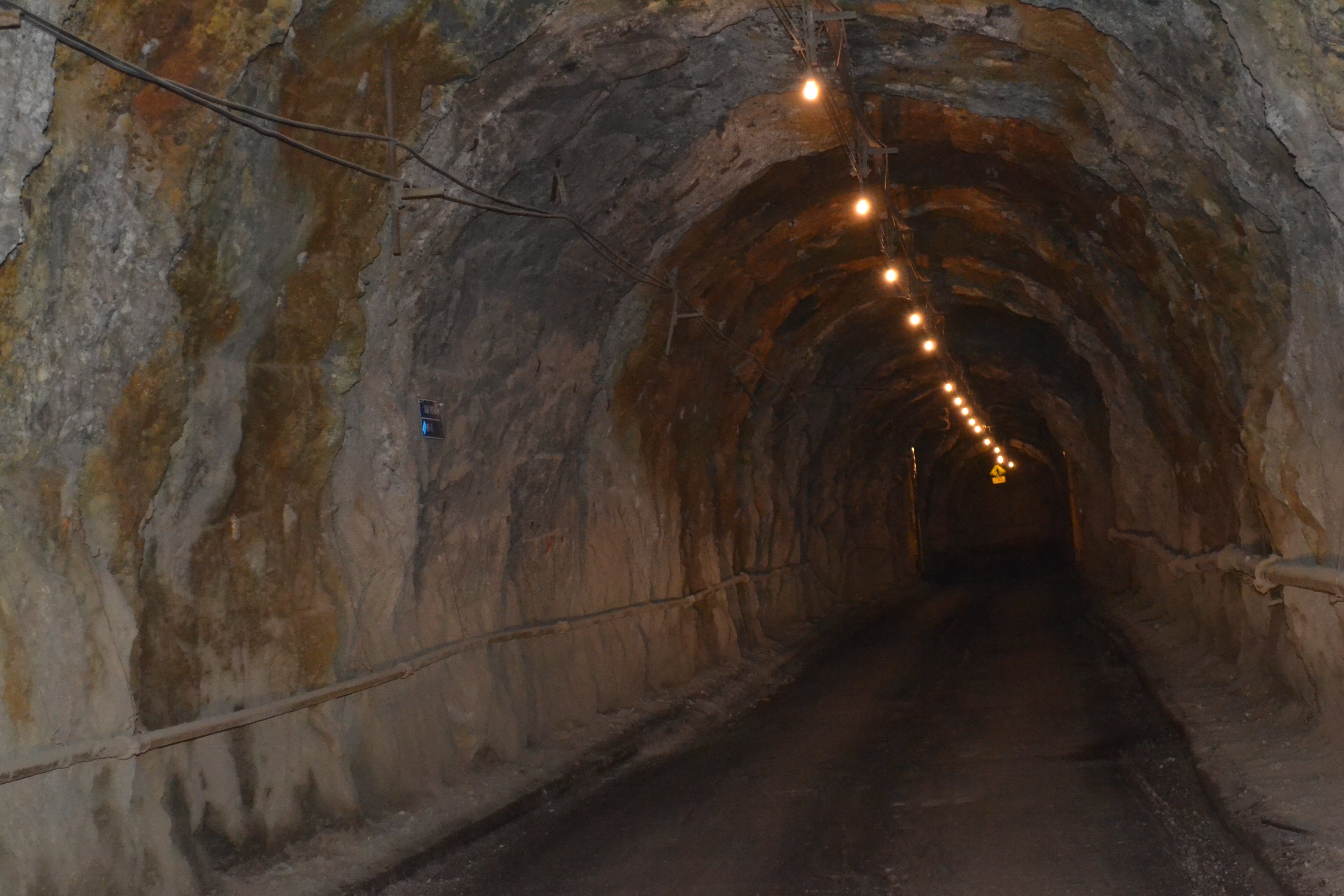
One of the biggest perpetual problems faced by underground mining operations is excessive dust levels.
Working in confined spaces with limited atmosphere and with so much activity going on (blasting, drilling, emissions from overburdened vehicles hauling over dusty roads), maintaining adequate clean air supply is critical.
Effective primary and secondary ventilation systems are of utmost importance in extracting or diluting the mine of contaminants such as dangerous & volatile fumes and toxic gases. Dust control management (dust prevention and dust suppression) is paramount in combating occupational lung diseases such as black lung disease (coal worker’s pneumoconiosis) and other respiratory diseases.
Dust control management – one less thing to worry about.
By their very nature, underground mines can be extremely dangerous due to the potential exposure to methane, hydrocarbons, carbon dioxide, carbon monoxide, sulphur dioxide, ammonia, hydrogen sulphide and radon. The possibility of spontaneous combustion in some underground mines is another danger.
Furthermore, the effect of diesel emissions in underground mines is another well-documented health problem that must be dealt with.
Additionally, fine dust inhalation is the cause of many respiratory diseases, including black lung, emphysema and lung cancer.
With thorough due diligence as well as the right systems and dust control management philosophy, dust-related challenges can be overcome.
Dust-A-Side has vast experience in this field and has been providing solutions to dust problems in underground mines since the early 1970s. As part of our service offering, Dust-A-Side has developed a proprietary “3 Stage Process” to help the industry improve dust-related air quality in underground operations.
The first stage of this process is to conduct an opportunity scoping underground to identify dust sources and the scope of potential problems. Some dust generating sources include untreated roads and material handling applications i.e. transfer points on conveyors, drilling, tipping and crushers.
The outcome of the opportunity scoping will yield a recommendation for a suitable solution that will address specific dust challenges. This could include dust prevention techniques such as underground road stabilisation and high pressure dust suppression sprays for material handling.
Underground dust control management must not be seen as a one-off exercise; dust problems are part of a mines’ operation and the mine overseers need to remain vigilant in ensuring that dust levels do not exceed legislated dust counts.
For more information about improving the dust levels at your underground mine, speak to a member of our engineering team today on +27 12 648 8900 or click here to contact us.
![DAS_South Africa-Logo_Y[P]_SA DAS_South Africa-Logo_Y[P]_SA](https://news.dustaside.com/hs-fs/hubfs/DAS-South%20Africa/SA%20Logo/DAS_South%20Africa-Logo_Y%5BP%5D_SA.png?width=670&height=175&name=DAS_South%20Africa-Logo_Y%5BP%5D_SA.png)


